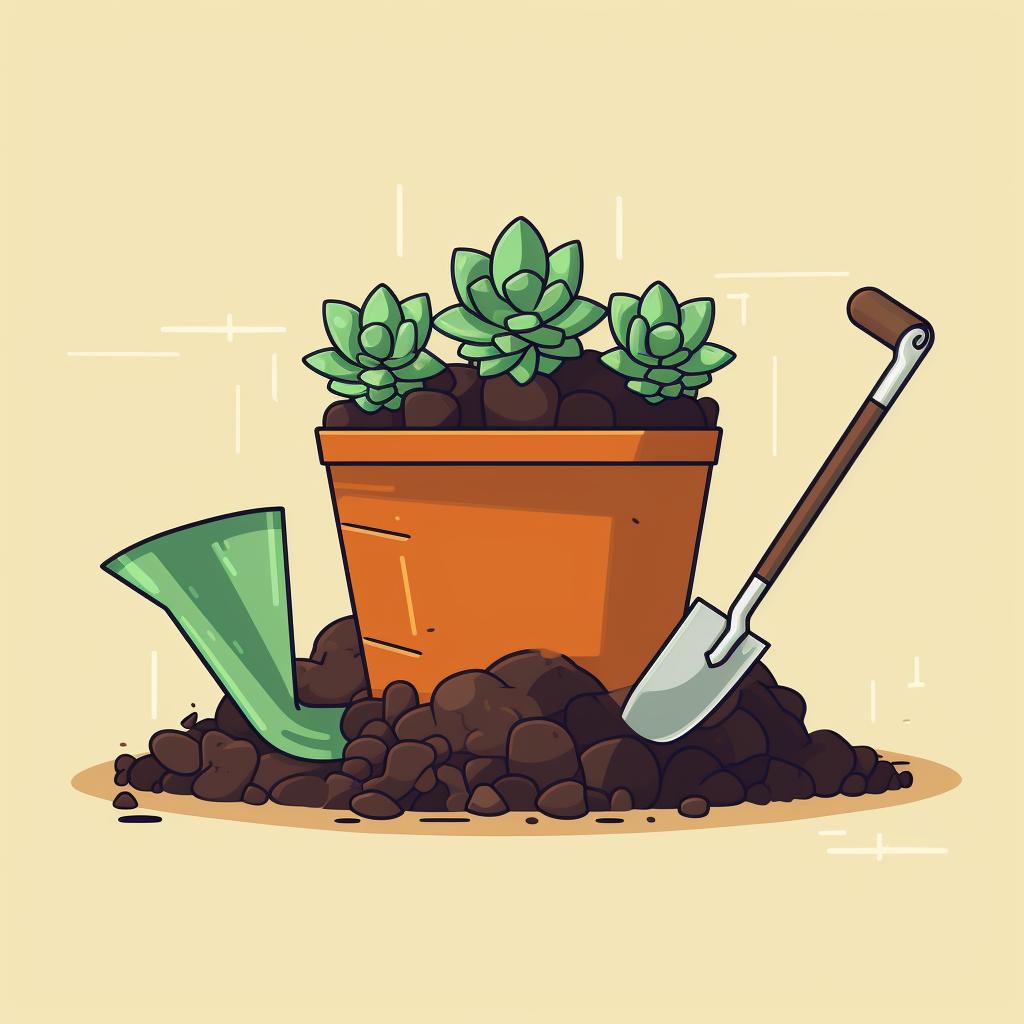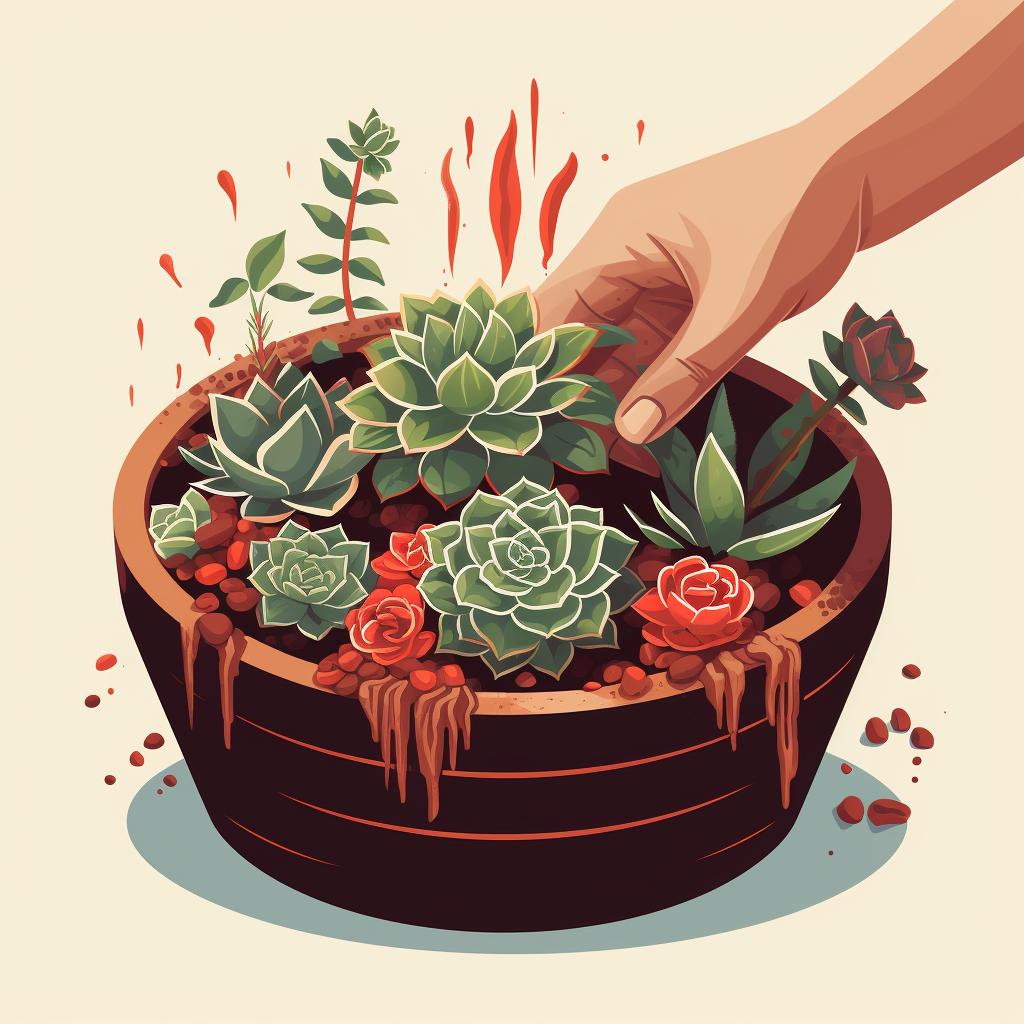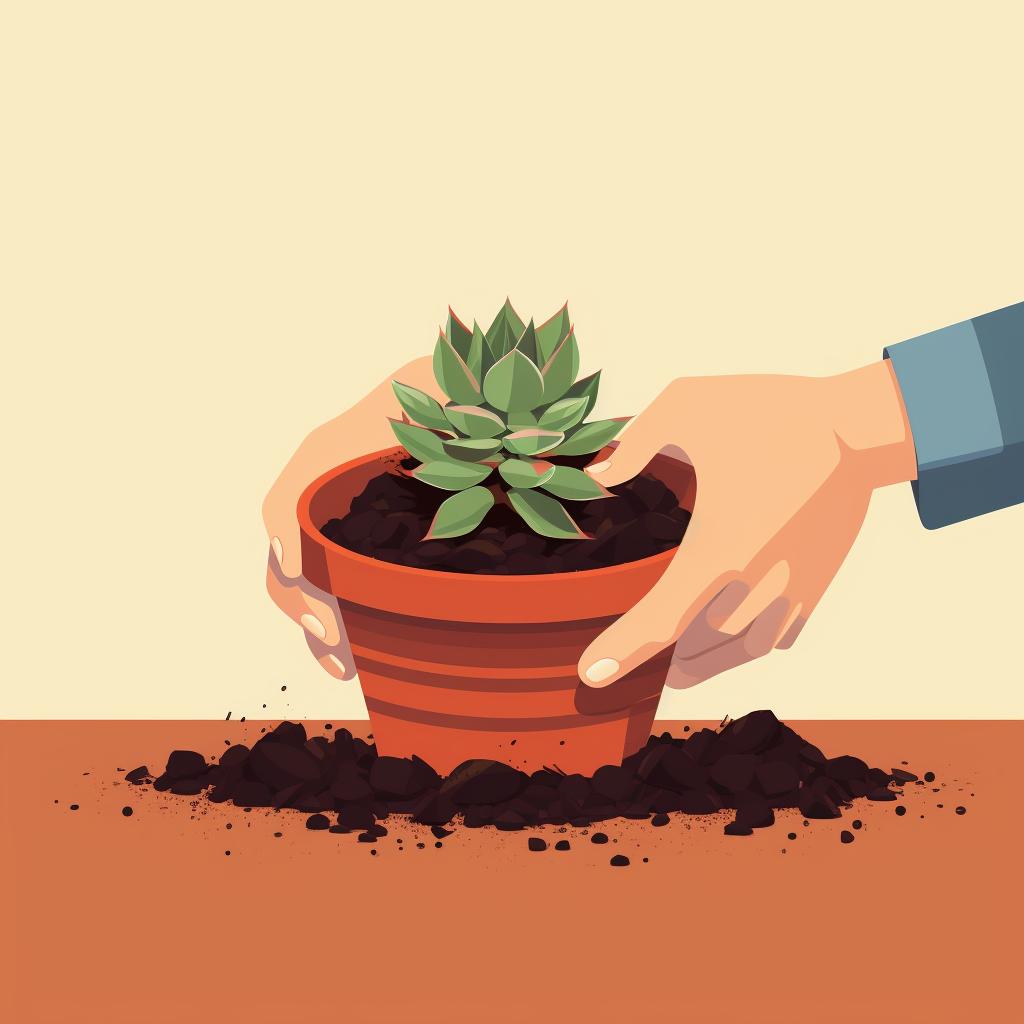Repotting Your Succulent for Optimal Drainage - Succulent Help
Repotting your succulent is an essential part of its care routine. It not only provides your plant with fresh, nutrient-rich soil but also ensures optimal drainage, which is crucial for the health and longevity of your succulent. This step-by-step guide above has walked you through the process, but let's delve deeper into the importance of each step and how it contributes to your succulent's overall well-being.
Why is repotting important?
Repotting is not just about moving your plant to a new pot. It's an opportunity to give your succulent a health check and treat any potential issues early. Over time, soil loses its nutrients and becomes compacted, which can affect drainage and root health. By repotting, you're giving your succulent a fresh start in a new, nutrient-rich environment. Learn more about the importance of repotting here.
Choosing the right pot and soil
When repotting, it's essential to choose a pot with a drainage hole and use a well-draining soil mix. This is because succulents are prone to root rot if they sit in waterlogged soil. The right pot and soil combination will ensure that excess water drains away quickly, keeping your succulent's roots healthy. Find out how to choose the perfect pot and soil for your succulent here.
Root health check
When you remove your succulent from its old pot, take the opportunity to check the roots for any signs of disease or rot. Early detection can save your plant's life. If you notice your succulent's roots are soggy and black, it might be suffering from overwatering. Check out our guide on caring for overwatered succulents here.
Final thoughts
Repotting your succulent might seem like a daunting task, but with the right knowledge and tools, it can be a rewarding experience. Remember, the key to a healthy succulent is a well-drained soil, a pot with a drainage hole, and regular health checks. Happy repotting!
If you're still unsure about the repotting process, don't worry. Here's a more detailed guide on how to repot your succulent and when to water it afterwards.






